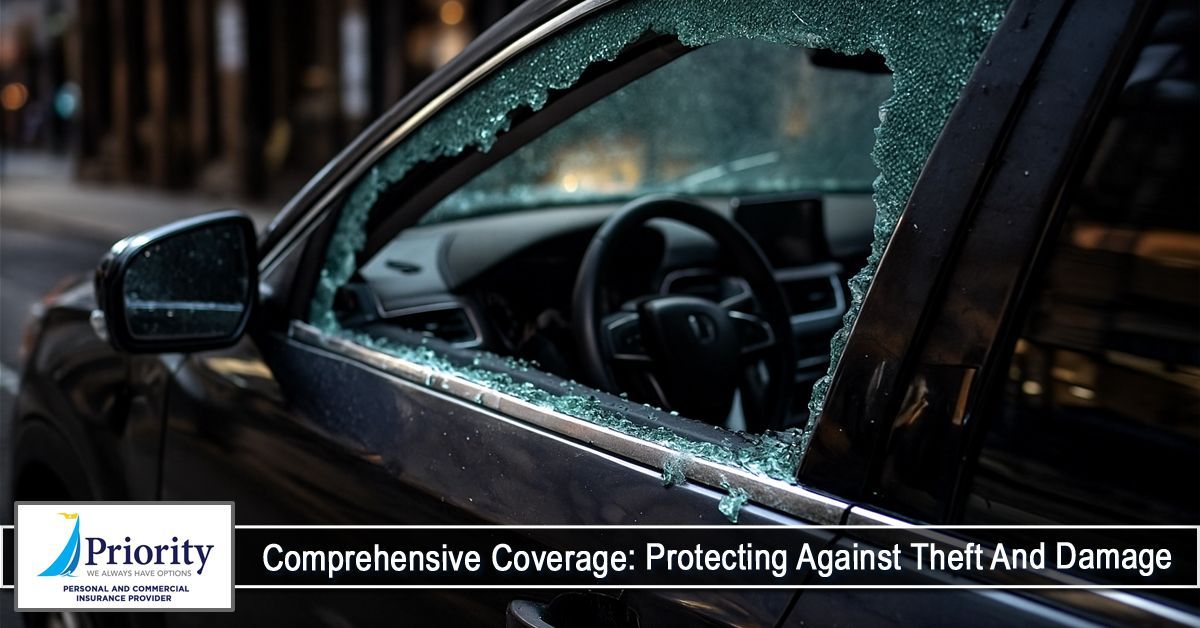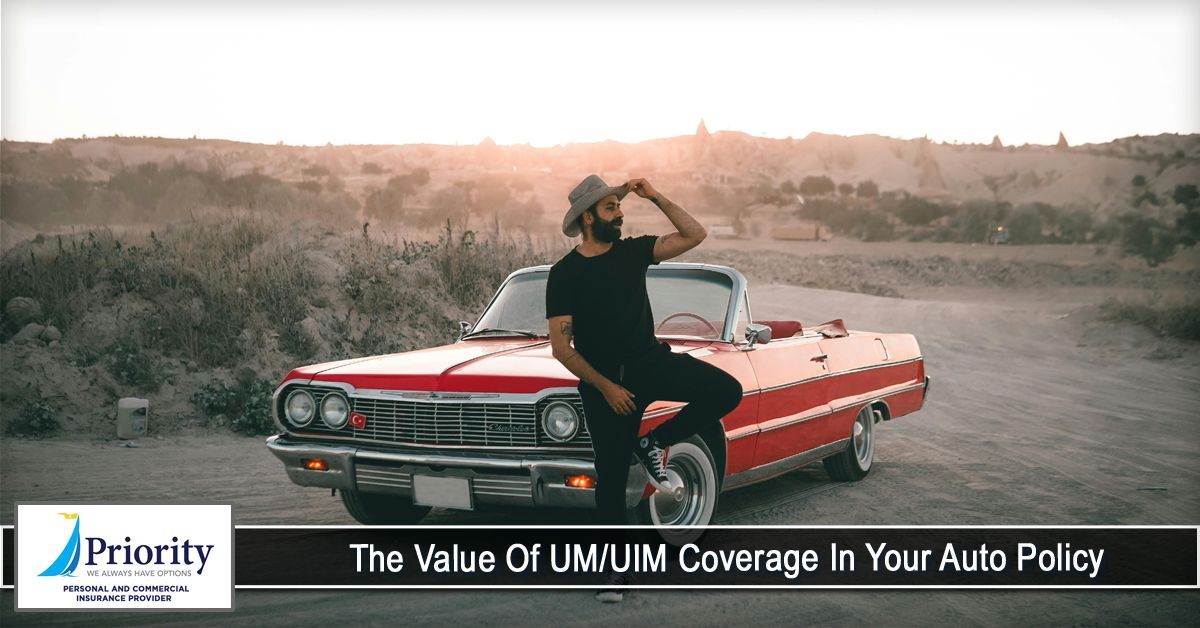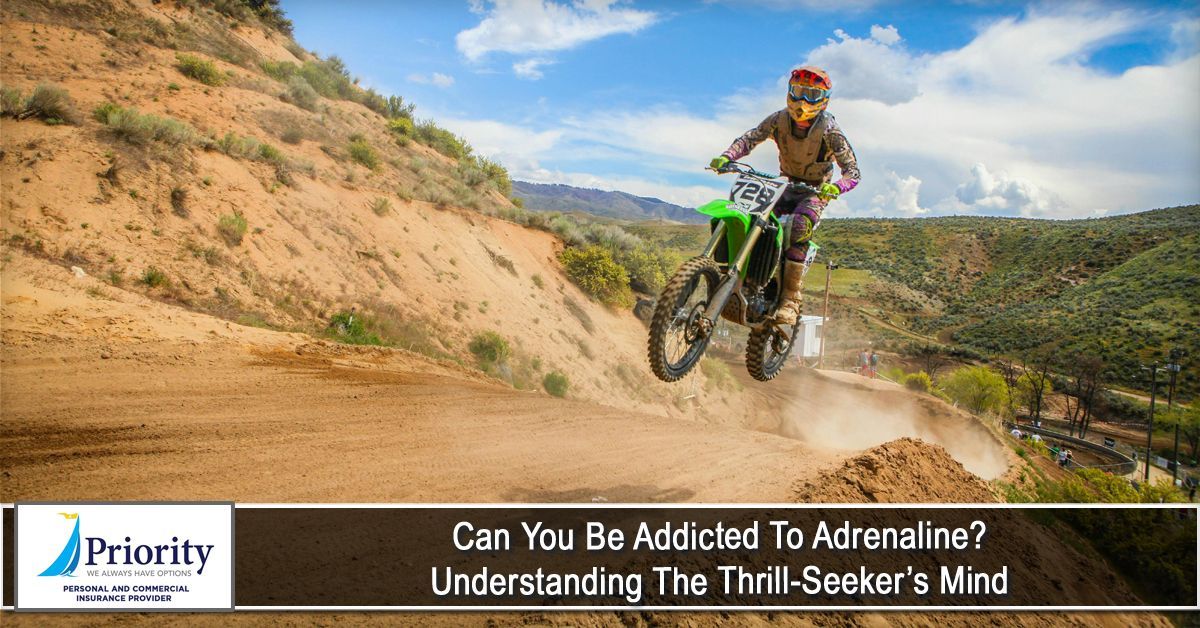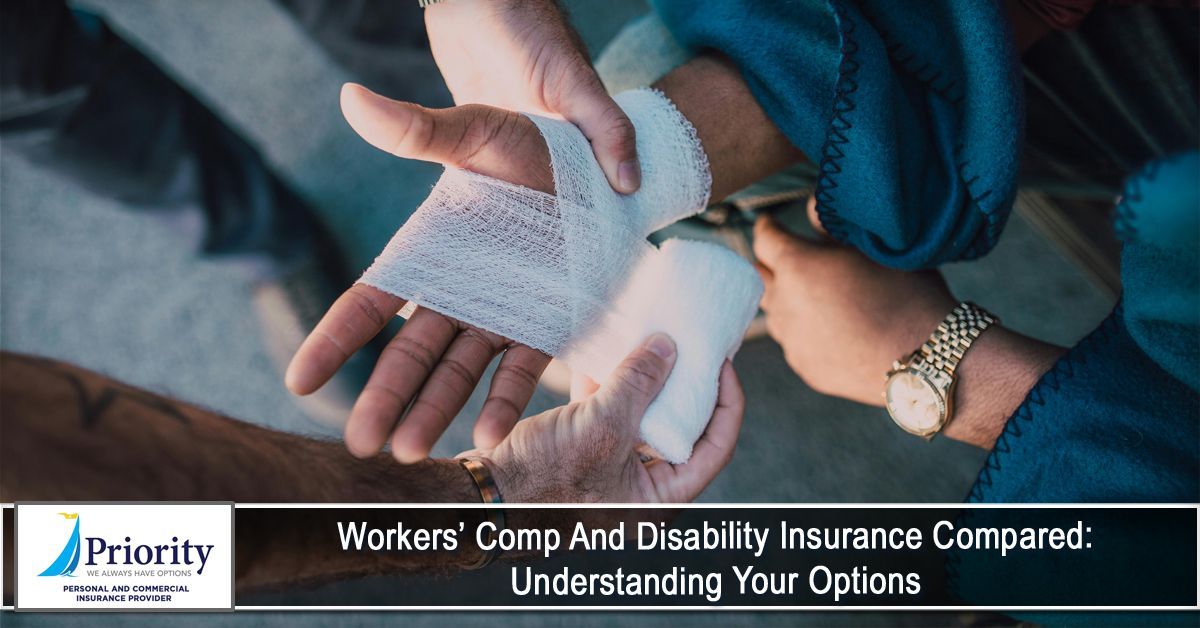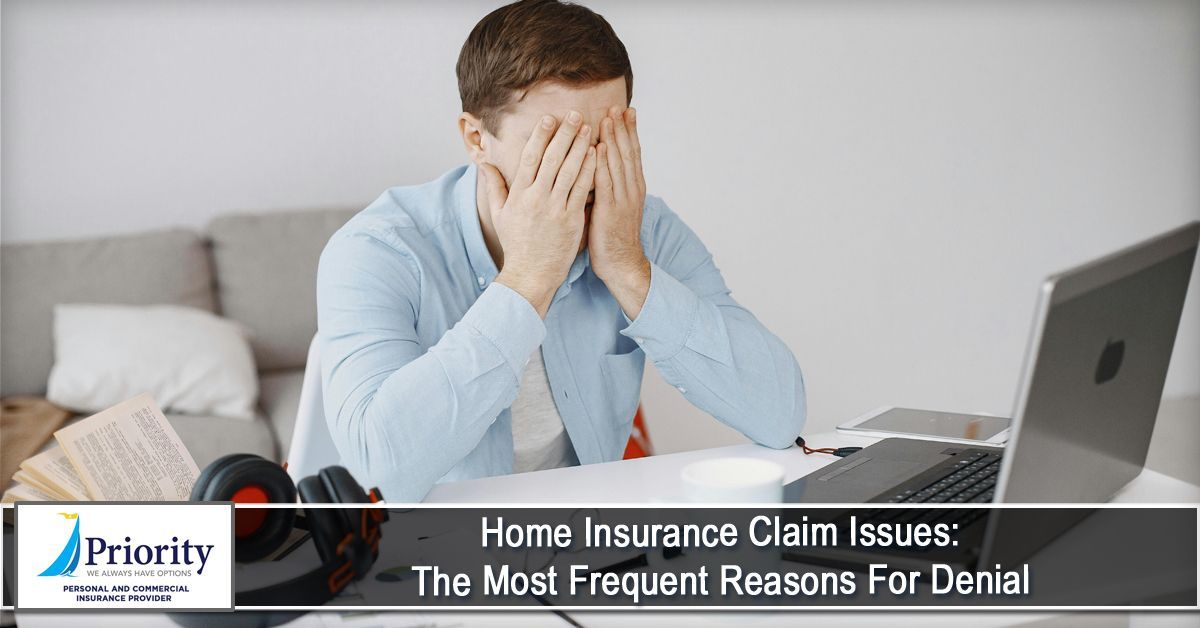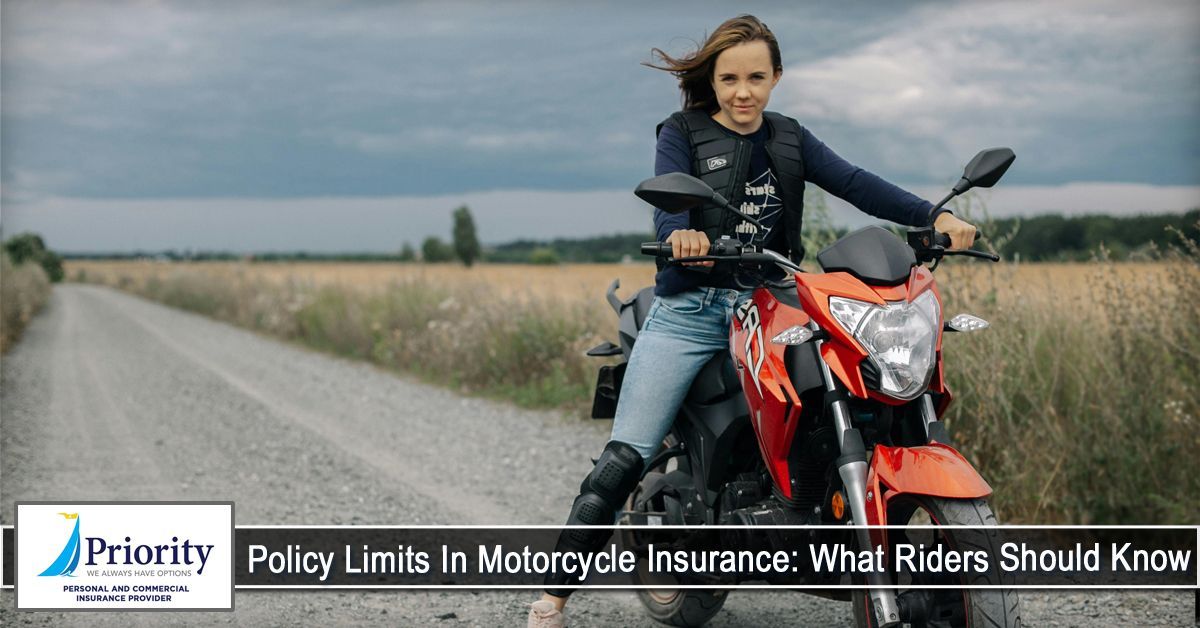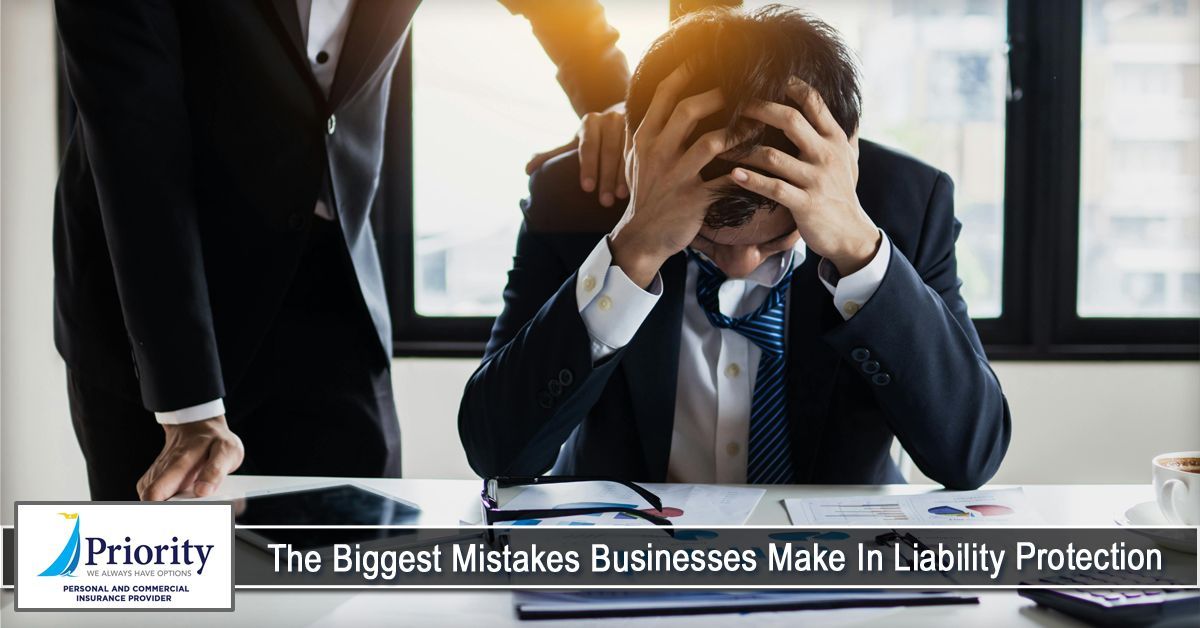
Mental health directly impacts an employee’s ability to focus, collaborate, solve problems, and stay engaged. Without adequate support, issues like anxiety, burnout, and depression can lead to absenteeism, presenteeism (being at work but not productive), and high turnover.
Here’s how mental health support improves employee performance:
- Increases Productivity
Employees with access to counseling, mental wellness programs, or stress-management resources are more focused, energized, and creative. - Reduces Absenteeism and Burnout
Proactive mental health support lowers the likelihood of extended sick leave and employee disengagement. - Boosts Morale and Team Cohesion
When workers feel supported, they tend to be more collaborative, communicative, and motivated. - Enhances Retention and Recruitment
Mental health resources signal a caring culture, which helps attract and retain top talent—especially younger generations who value emotional well-being. - Improves Decision-Making and Problem-Solving
Clearer minds make better decisions. Mental wellness programs improve cognitive function and emotional regulation, which are key to high-level job performance.
Types of Mental Health Resources Employers Can Offer
To be effective, mental health support should be practical, accessible, and integrated into company culture. Here are examples of support that sticks:
- Employee Assistance Programs (EAPs)
Confidential access to counseling, legal advice, financial planning, and mental health professionals.
- Workshops and Training
Sessions on mindfulness, stress reduction, resilience, and emotional intelligence.
- Mental Health Days or Flexible Scheduling
Encourages rest and recovery before burnout sets in.
- Onsite or Virtual Therapy Access
Providing mental health services via telehealth or in-person options.
- Manager Mental Health Training
Equip leaders with the tools to identify and respond to signs of distress in their teams.
- Mental Health Benefits Through Insurance
Robust health plans that cover therapy, psychiatric care, and substance use treatment.
Why Health Insurance Is Essential for Mental Wellness
While company programs are a great start, health insurance is the foundation of long-term mental health care access. Comprehensive health insurance ensures that employees can:
- Afford professional therapy and psychiatric treatment
- Access a wide network of licensed mental health providers
- Receive ongoing care for chronic mental health conditions
- Utilize medication management services when needed
- Get referrals for specialists and in-patient treatment if necessary
Health insurance with strong mental health coverage eliminates the cost barrier and helps normalize treatment, making it more likely that employees will seek help early—before issues escalate.
Final Thoughts
Supporting mental health in the workplace isn’t a one-time initiative—it’s a commitment to building a culture where employees feel valued, empowered, and equipped to perform at their best. By offering lasting support through both programs and health insurance, companies can foster a workplace that’s not just productive—but also human-centered.
Because when your people are supported, your business performs stronger—and that’s the kind of success that sticks.
At Priority Insurance LLC, we put our clients first by offering them policies that they can afford. Having insurance is a necessity nowadays, and we're here to help you out. Learn more about our products and services by calling our agency at (864) 297-9744. You can also request a free quote by CLICKING HERE.
Disclaimer: The information presented in this blog is intended for informational purposes only and should not be considered as professional advice. It is crucial to consult with a qualified insurance agent or professional for personalized advice tailored to your specific circumstances. They can provide expert guidance and help you make informed decisions regarding your insurance needs.
